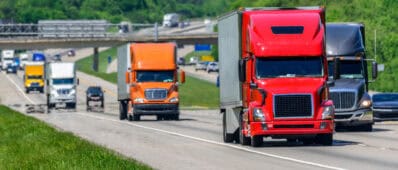Abstract
Heavy-duty diesel trucks contribute significantly to air pollution and greenhouse gas emissions, particularly in regions with high freight activity, such as Southern California. In communities near freight hubs, this has resulted in severe public health challenges. California is leading efforts to address these emissions, with regulations requiring zero-emission trucks by 2045. Battery electric trucks (BETs) are a promising solution, but they have primarily been deployed in limited use cases like drayage operations. As BET technology improves, understanding their real-world performance in regional haul applications is critical to expanding their adoption. Regional haul applications differ from other trucking operations in that they typically involve medium-distance routes, often under 150 miles, with trucks returning to a home base daily for charging. While regional haul does not account for the majority of truck miles in California, it represents a significant and growing segment of freight operations, particularly in densely populated areas where emission reductions can have the greatest impact on air quality and public health. To better understand BET performance, this study examined the real-world activity of 15 BETs operating in eight regional distribution fleets across Southern California. It analyzed the trucks’ travel and charging patterns, as well as how much of their operations occurred in disadvantaged communities.
